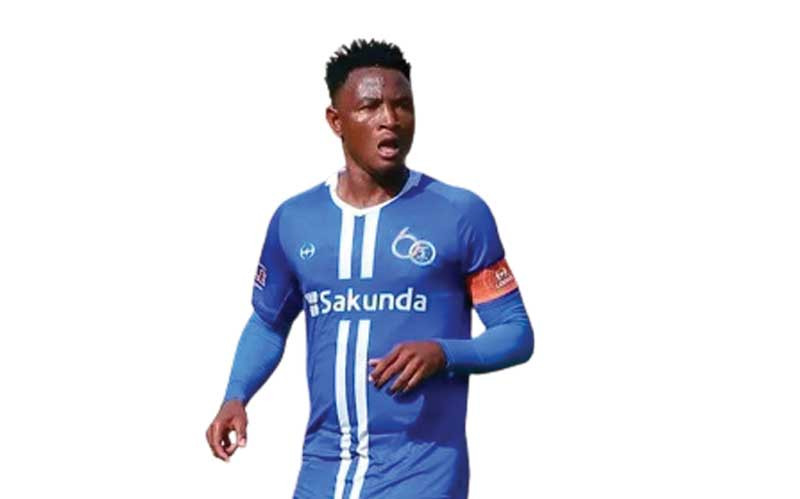
By Dylan Mahomed
RABAT – Many people around the world would not expect football to be popular among women in conservative Morocco, but it is, in fact, a fast-growing phenomenon.
So serious is the North African country about the ladies that they have hired the services of former United States of America defender Kelly Lindsey as head of women’s football for the Royal Moroccan Football Federation (FRMF).
The American is doing an amazing job, and results of her passion and hard work are beginning to emerge.
“There is great talent in Morocco,” Lindsey said this week.
“You can see and feel football is a very important part of the culture, and the women at the highest level are very talented.
“Our challenges are in the depth, which is why this convention is so important and valuable. We need to raise the professionalism of the game, so that we can develop more depth of talent for the country through all levels of the game.”
The convention that Lindsey speaks about is a groundbreaking seminar by the Moroccan federation on how to develop the women’s game in the country to be at par with their male counterparts.
- Chamisa under fire over US$120K donation
- Mavhunga puts DeMbare into Chibuku quarterfinals
- Pension funds bet on Cabora Bassa oilfields
- Councils defy govt fire tender directive
Keep Reading
They have dubbed this a “Marshall Plan”, and, according to the FRMF president Fouzi Lekjaa, it is aimed at “enhancing the practice at club level and create a competitive professional national championship that will serve as a reservoir to strengthen the ranks of national teams.”
Last week, Lekjaa officiated at a ceremony where “a contract of objectives for women’s football” was signed between stakeholders who included National League of Women’s Football president Khadija Illa and the FRMF’s national technical director, a Welshman called Osian Robert.
Speaking at the event, the FRMF boss Lekjaa remarked that the development was “a historic day in the annals of women’s football in Morocco.”
Lekjaa added that broadening the base of female footballers and sound financial management was crucial in the growth of women’s football in Morocco.
He said: “All the conditions are right for the successful take-off of women’s football, which is an essential strategic choice”.
The FRMF aims to grow women’s football throughout the country so that by 2024, it will be the most popular sport in the country with different leagues set up across all levels.
Officials say among the objectives are “regular qualification for the African Cup of Nations finals for all categories, winning an African Cup in at least one youth category, qualifying for the World Cup in at least one youth category, and qualifying for the main World Cup in 2023 and the Olympic Games in Paris in 2024,” adding on: “This roadmap also aims to place the women’s national team in the top three in Africa and in the top 50 of the Fifa world rankings.”
To ensure this, clubs at the highest levels of competition will be offered grants by the national federation.
Initially, the top-flight league will have 14 teams with the second division made up of 30 clubs divided into two groups.
They will all have youth teams.
To strike gender balance, the clubs must have a woman as the assistant coach if the head coach is male, while Under-15 sides’ technical staff must be all female.
“The goal contract stipulates that the players of the senior women’s team must all have a professional contract in accordance with statutes and regulations,” read a statement from the federation.
Morocco’s budget for women’s football in the 2020-21 period is a cool six million Euros, up from one million for 2019-20. A strong statement of intent indeed!
All this excites Lindsey.
Commented the affable American: “The objectives are very practical and aspiring at the same time. We want to be transformative, and that requires a strategy with big goals and aspirations, as well as a step by step development plan to achieve each phase of the vision. No one person can achieve this alone, that is what makes these objectives unique, we need the entire country to unite together around the development of women’s football from grassroots through elite, and that is our vision and mission.”











